PNo discount on quality, 100 points of satisfaction
There is no quality that cannot be done well, only the cost that you are unwilling to spend

Hence, anything less than perfect affects the overall
quality of end produt. The team at our company, thus
implements stringent quality control system throughout
the process from PCB design, PCB manufacturing to PCB Assembly.
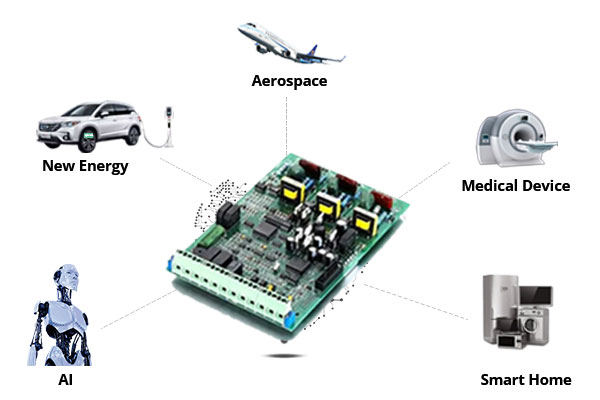
C-ALLEY
5S Management System
ISO 9001 Quality System
IPC-610 & J-STD-001 Compliance
IPC-WHMA-A-620 Compliance
IPC-CC-830B Compliance
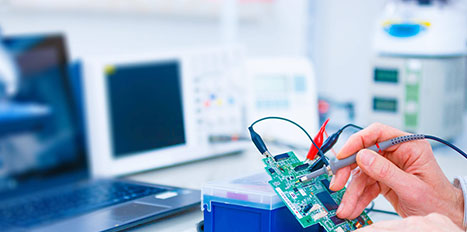
Continuous trainings and certification programs are given to our employees on a timely basis. To get the best possible product every time, we carry out intensive testing and quality inspection during each step of the PCB production process. Our stringent in house quality checking process enables us to confidently provide high quality PCB assembly for all your projects.

Our highly skilled staff of engineers will provide excellent service and technical insights while helping you with your current requirements and specifications. With creative and new ideas aimed at future, we also provide exceptional engineering support. If you have any question about our quality standards, you can Contact Us any time.
Fully understand the terminal application of customer projects and carefully review the information and documents provided by customers.


1)Through comprehensive engineering evaluation, we will provide necessary improvement suggestions and improve design together with customers.
2) Our improvement mainly includes: based on our enough production experience, optimizing the design is conducive to production; components selection, Alternative options, and pointing out obvious errors.
3) But before we do any change or updating ,we must get customers' approval.
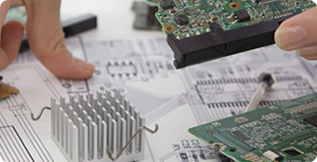

Strictly control the material purchase process according to customer's specified or confirmed BOM list. Sourcing materials from proper and reliable channels.


Can you believe that our incoming materials are firstly inspected by the project responsible engineer? Only after engineer's confirmation, incoming materials can be transferred to the central warehouse for IQC reinspection.
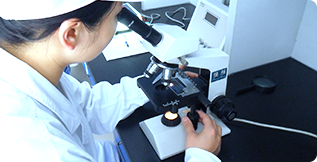

The production engineers will strictly verify the BOM and physical material. Especially in this link, which is the last opportunity to discover any small errors in the customer's design.We will promptly communicate with the customer and resolve them as soon as possible to ensure that the entire batch of goods is done correctly.


3D SPI and 3D AOI testing will be conducted 100% for each board and datas will be recorded in our system.
For BGA,QFN parts, we will use X-RAY to inspect the parts .


It is necessary to make the first PCBA physical samples .
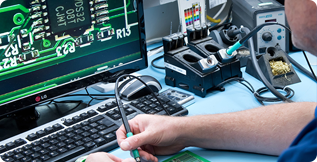

We usually expect customers to provide software and testing instruction.We charge only for necessary labor cost.
1) We can make any types of testing jigs and devices .
2) We are possible to buy any kind of programmer .
3) Preparing and adjusting .


We have ultrasonic cleaning line to clean every board to ensure product quality at customer's request.
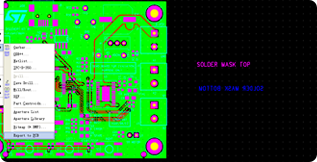

Perform 100% manual visual inspection instead of random checking before packaging.
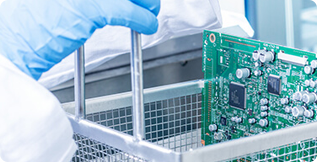

In order to ensure superior quality, our company has invested in a comprehensive range of PCB assembly production and testing equipment. We understand that precision and reliability are paramount when it comes to electronic manufacturing, and our state-of-the-art facilities reflect our commitment to delivering excellence.
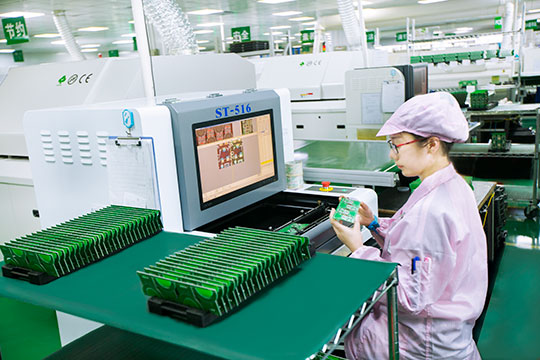




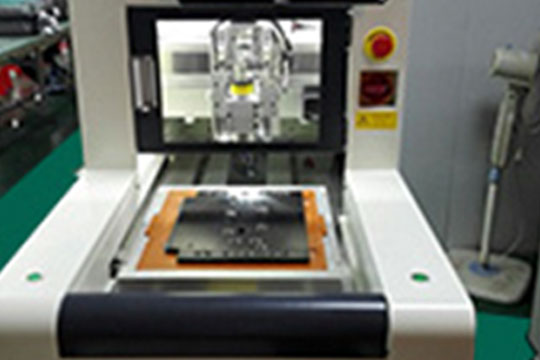
PCBA inspection can be generally divided into electrical and visual inspection methods. Visual inspection uses a magnifier or the technician’s bare eyes to manually find solder defects and other visible defects such as component orientation, missing components and board stains. This is the simplest and most basic inspection method.
AOI uses a single (2D) or two (3D) cameras to take high-resolution images of the PCB, and then compares these with images of a template board of the design being tested, or with a database of images of good and bad boards. An AOI machine can be added to the end of the production line directly, serving as the first line of quality assurance and allowing for adjustments to be made to the production process in-situ.
Compared with other inspection methods, AXI testing technology is unique in that x-rays are used. X-rays can penetrate the PCB and body of components to generate 2D or even 3D images of the solder joints. This makes it ideal for hidden joints such as those on Ball Grid Arrays (BGA) and other underside pads. AXI inspection can also detect solder voids and many other optical inspection methods cannot.
PCBA ICT is currently the most robust and popular type of PCBA testing for larger batches and mature products. A form of automated testing, the typical fault coverage is upwards of 90%. During PCBA ICT, electrical probes in a bed of nails format send currents through specific locations on the board at designated test points. These tests can check for shorts and open circuits, possibly due to missing parts, solder defects or incorrect orientation of diode/transistors.
A form of in-circuit testing, flying probe or flying needle testing is often seen as an improvement over bed-of-nails ICT. As well as test points, a flying probe machine can also access untented vias or the ends of components themselves to be used as test points, and can be programmed to check the value of passive parts, directly check diode/transistor orientation and perform voltage measurements. There is no need for a tailor-made fixture, and any changes to the components or PCB design only require updating the software.
Functional testing is performed in the last phase of production to serve as the final quality control procedure. In short, it ensures that the device under test (DUT) operates as intended. Depending on the complexity of the design and the specific testing requirements, functional testing can be as simple as an on-off power test, to a comprehensive test with strict protocols and testing software.
Kingsheng BGA Rework methods refer to the techniques and equipment used for removing, replacing, and reflowing Ball Grid Array (BGA) components on a Printed Circuit Board (PCB). Here are some of the common Kingsheng BGA Rework methods:
This is one of the most common methods used for BGA rework. It involves applying hot air to the bottom of the PCB to melt the solder joints holding the BGA component in place, allowing it to be removed.
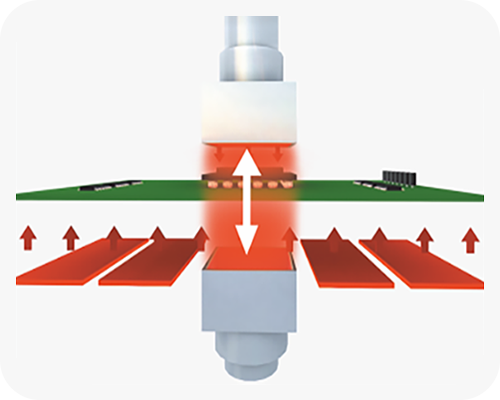
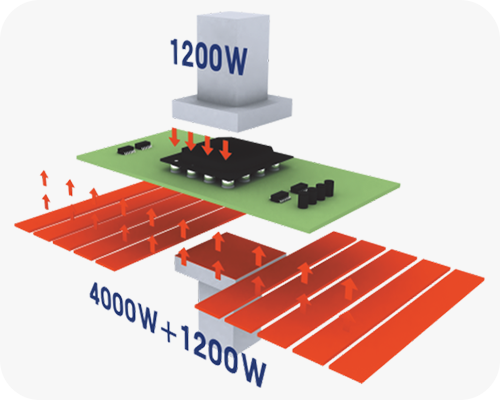
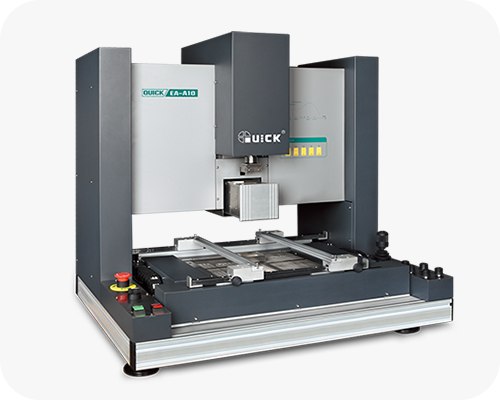
This method uses infrared heating systems to heat the PCB evenly, allowing the BGA component to be removed without damaging the surrounding components.
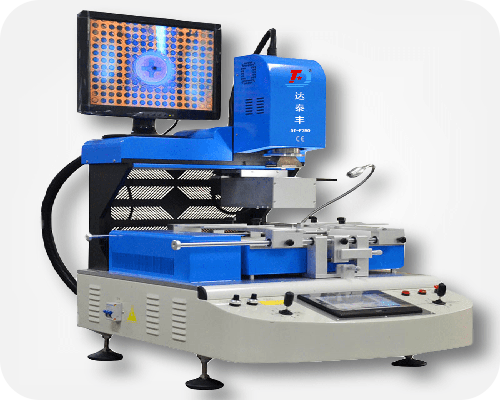
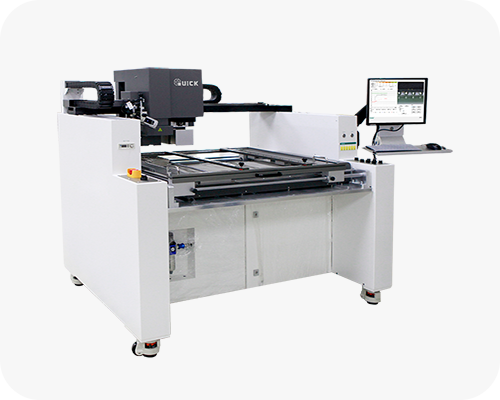
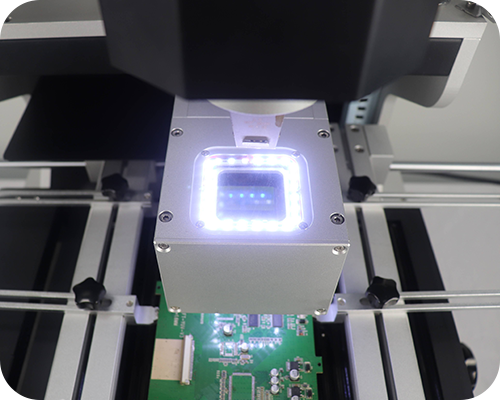
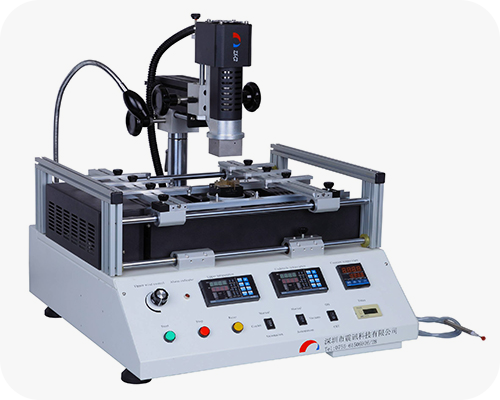
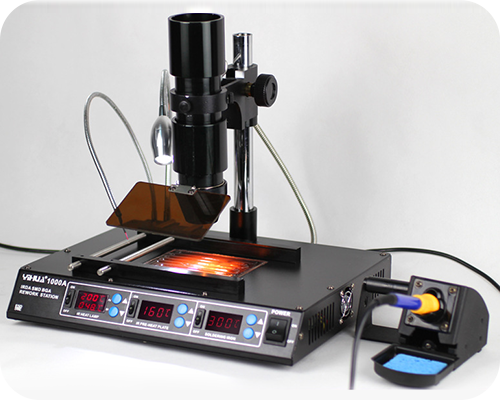
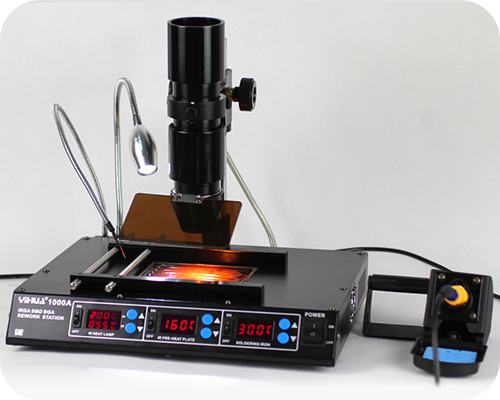
A specialized machine, such as a BGA rework station, can be used to heat the BGA component and melt the solder joints while simultaneously using a vacuum nozzle to lift off the chip from the PCB.
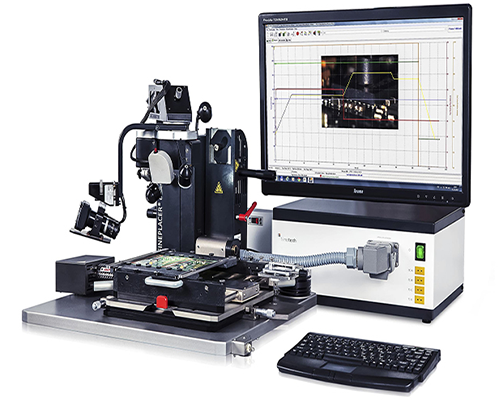
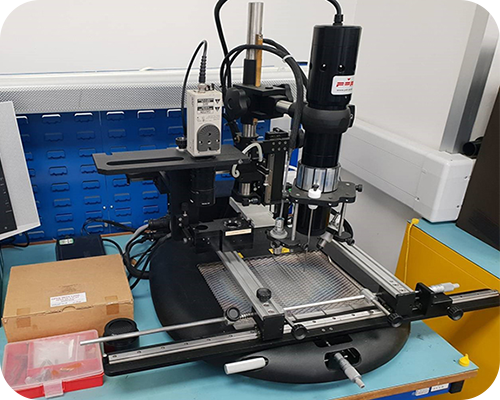
This method involves applying new solder paste to the pads on the PCB where the BGA component will be placed. The BGA component is then carefully placed on the pads, and the entire PCB is heated in an oven to melt the solder and reflow it around the new BGA component.
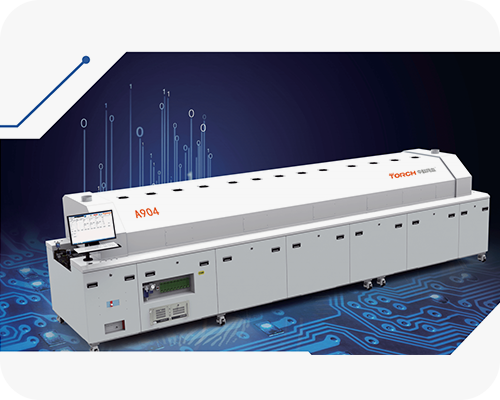
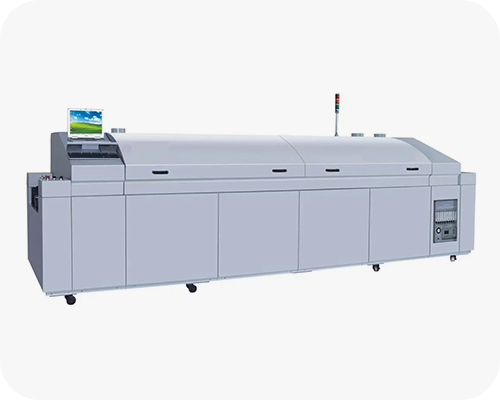
This method involves using a de-soldering braid to absorb the molten solder from the BGA component's solder joints during removal.
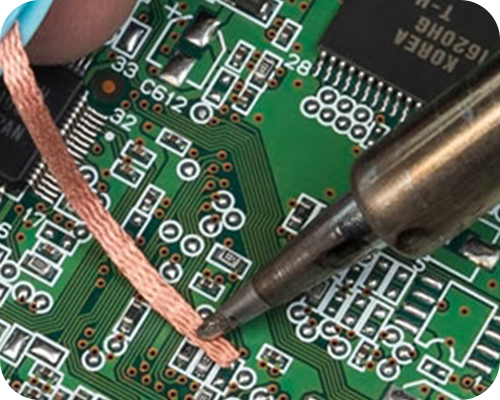
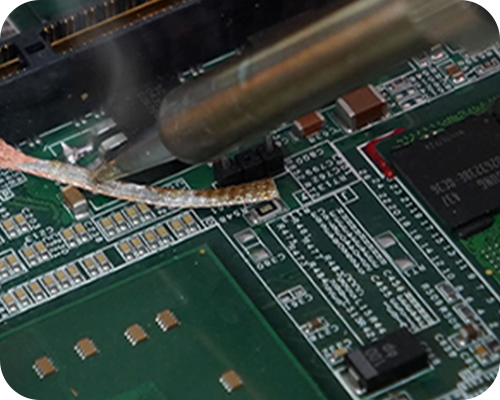
The choice of Kingsheng BGA Rework method depends on several factors like the size and type of BGA component, the number of layers on the PCB, and the available tools and equipment. It is important to choose the appropriate method to ensure that the BGA component is removed, replaced, and reflow effectively and efficiently.